The Cadence myth

Recently, a leading cycling website has delved into cadence and suggested that people need to have a cadence of at least 80 rpm when climbing. Lance Armstrong and Chris Froome have a lot to answer for but the issue goes back even further.
The average age of cyclists now is 49. Many of the old heads in a club have been on the bike since the 80’s or 90’s when the outside ‘big’ ring had 52 teeth and the inside ‘small’ ring had 42 teeth. In the summer when you were racing you rode the ‘big’ ring, and in the winter you improved your pedalling technique by using the ‘small’ ring. This wisdom was passed down from experienced rider to new riders for many years.
Nowadays, however, the big ring can be anything from 50 to 53 teeth and the small ring is most often a 34 or 36, occasionally going up to 39 teeth.
Riding a 42 x 15 at 90 rpm you will be travelling at 31.7 kph which is relatively normal speed on a group ride on a flat road.
However a 34 x 15 at 90 rpm will have you moving at 24.7 kph which may be a little slow on a group ride.
Therein lies the problem with telling people to use the small ring in the winter time.

No two people are the same. Many people need to have their cleats set slightly different left and right. Some even need to have their brake lever hoods set to different angles and occasionally slightly different heights depending upon their physical make up.
The same is true for cadence. Some people are more comfortable and efficient for their physical make up grinding along at 70 rpm whilst others function better at 90 or even 100 rpm.
The gearing on many bikes nowadays is so low that what I now see happening pretty often is someone getting to a climb and dropping down into a gear that has them spinning at 90 rpm or above. For some their physical make up is not suited to this and they end up going anerobic. Their breathing becomes laboured. They feel under pressure and go for an even lower gear which just exacerbates the problem.
The key to gear selection is simple. If your legs are under pressure and your breathing feels OK then change into an easier gear and increase your cadence slightly.
If your breathing is under pressure but your legs feel OK then you need to change into a harder gear and lower your cadence to settle your breathing.
You know your body best, so do what suits you!
Barry

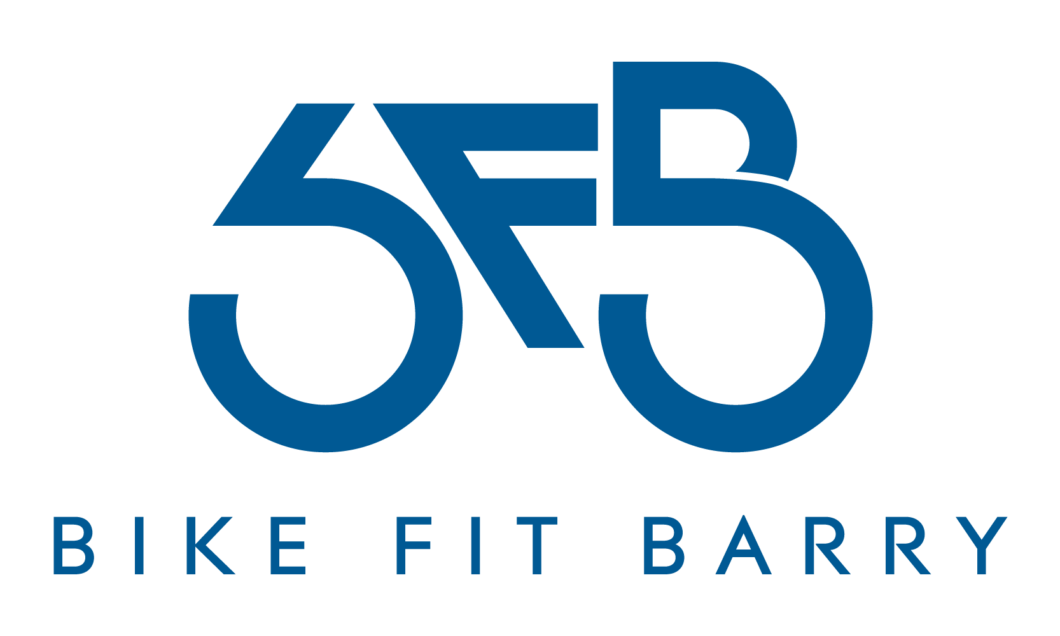
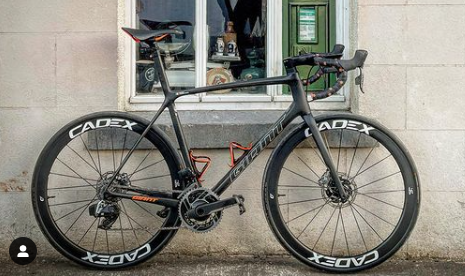
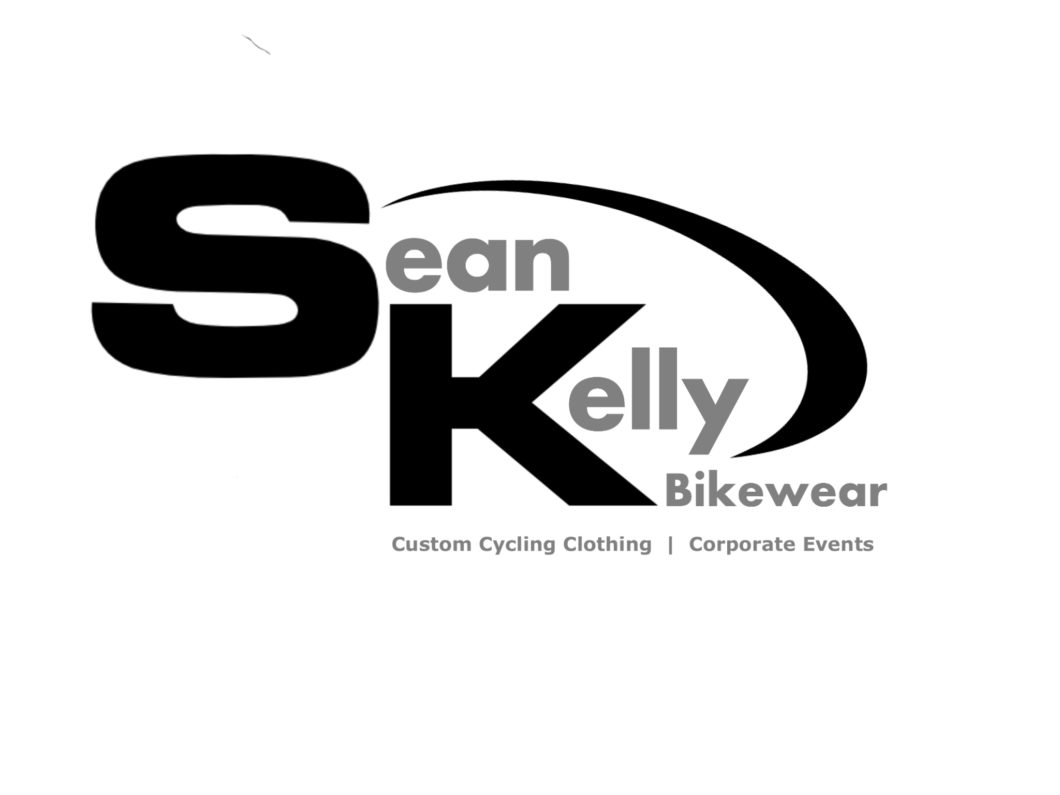
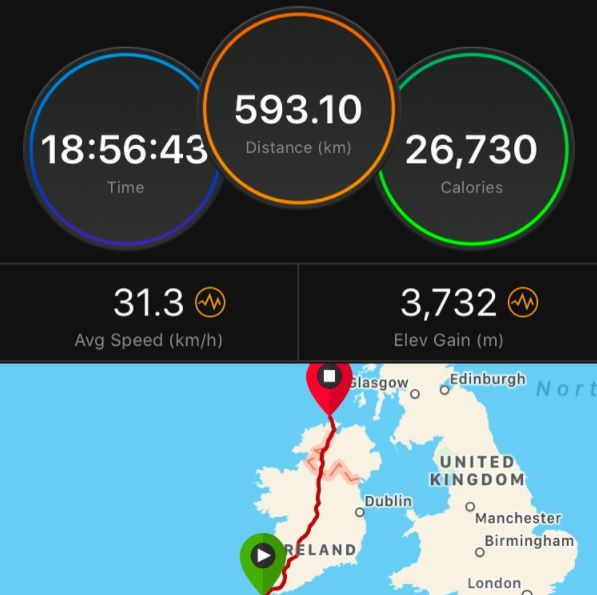
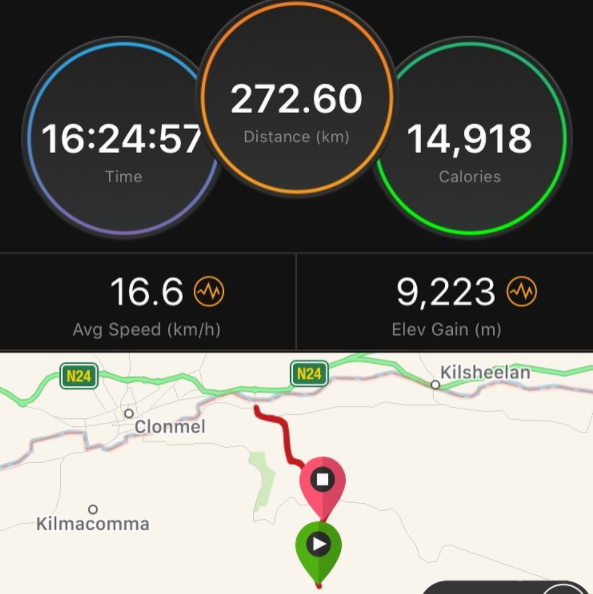
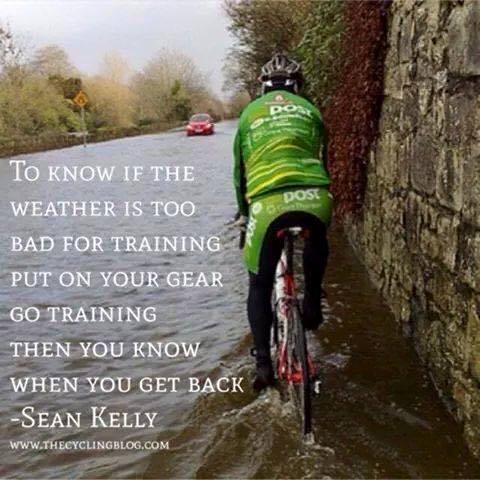

Leave a comment